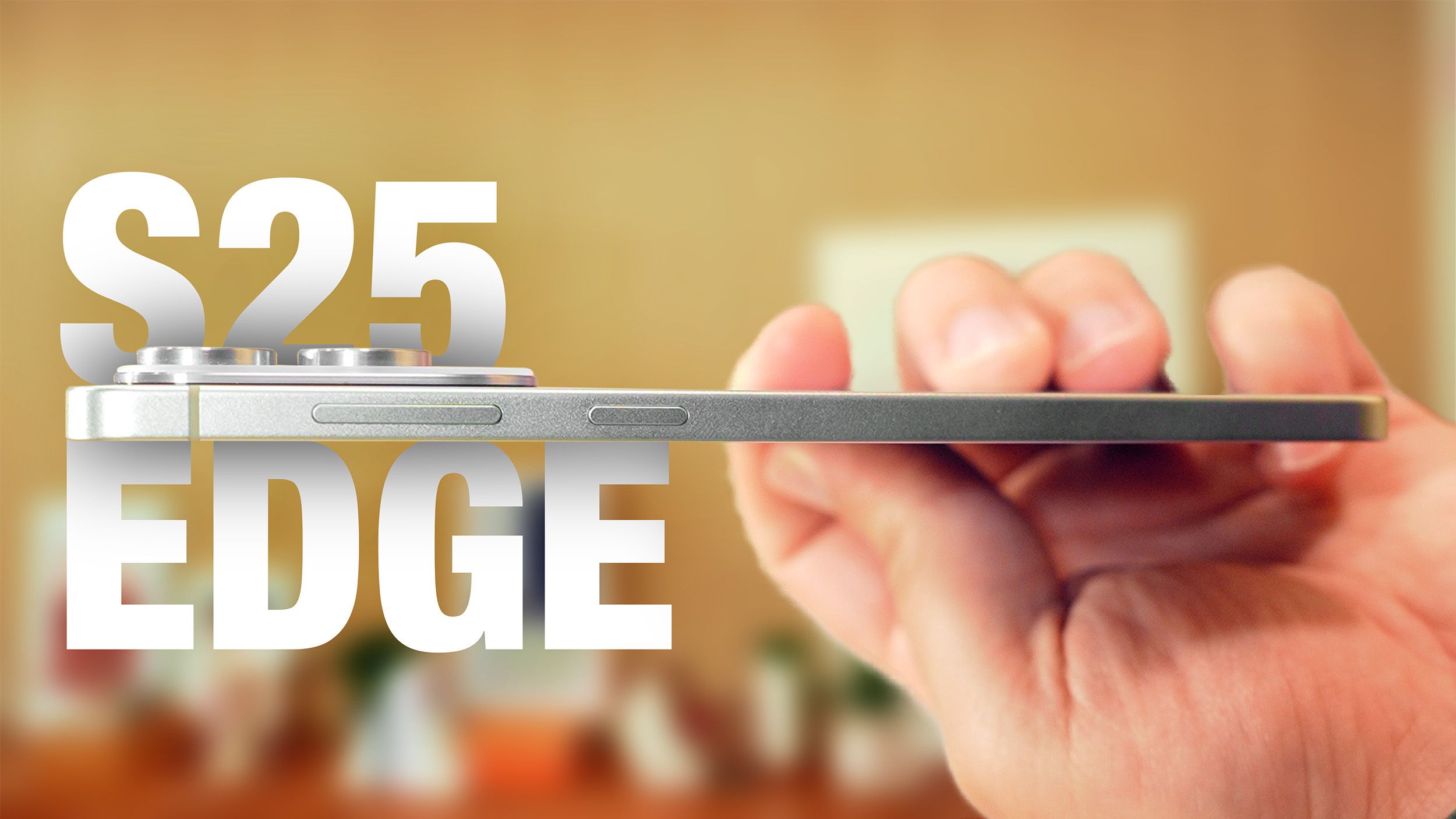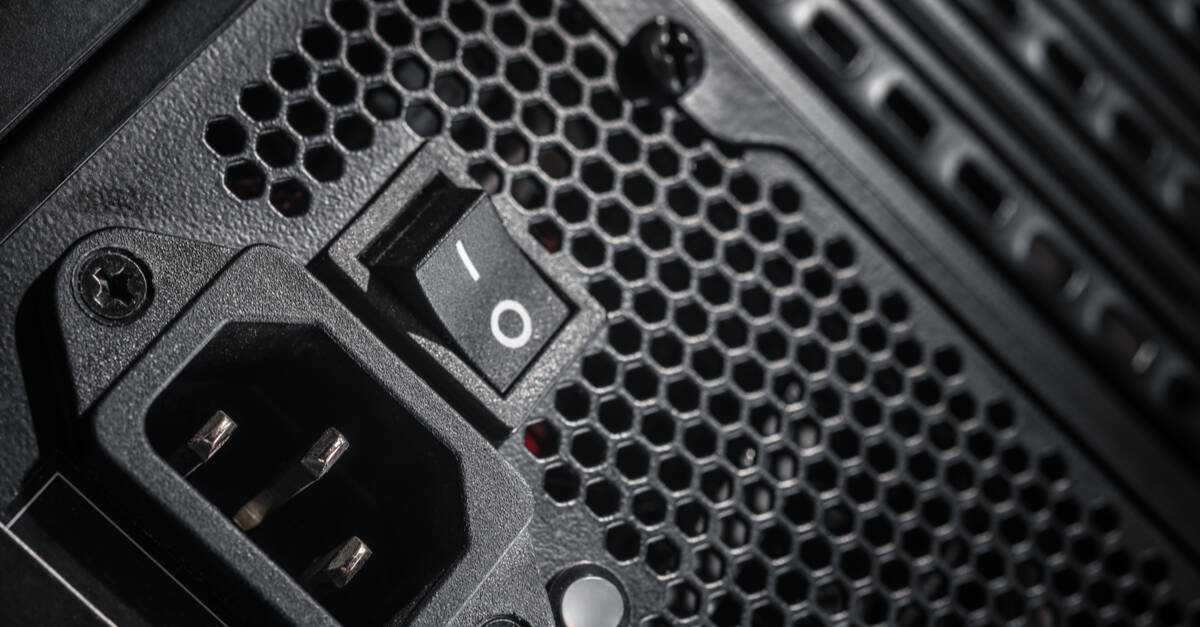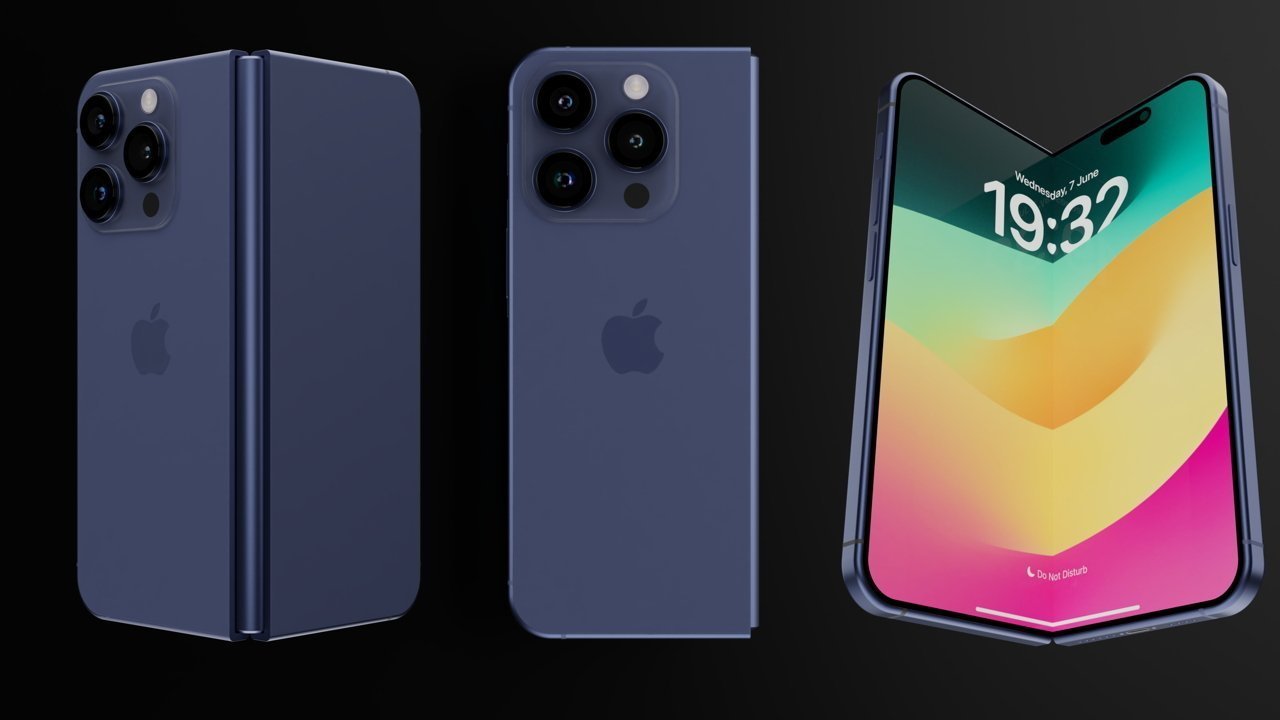
Samsung Reportedly Gives Up on Super Thin Smartphones Amid Low Sales
Samsung reportedly gives up on super thin smartphones after struggling with low sales figures. If you’ve been following smartphone trends, you know ultra-slim devices have been a popular selling point for years. However, new reports suggest Samsung is shifting focus away from the race to create the slimmest phones in the market. In this article, you’ll learn why Samsung decided to abandon these super thin designs and what it means for you as a consumer.
Table of Contents
- Why Samsung is Dropping Super Thin Smartphones
- The Challenges of Ultra-Slim Phone Design
- How This Decision Affects You
- What to Expect from Samsung in the Future
- Frequently Asked Questions
Why Samsung is Dropping Super Thin Smartphones
Samsung’s move away from ultra-thin smartphones stems primarily from disappointing sales. While many tech enthusiasts may have admired the aesthetics of slim phones, the wider market has shown limited interest. Users increasingly prioritize battery life, durability, and overall user experience rather than just the thickness of their device.
Industry sources reveal that Samsung’s ultra-slim models did not meet sales expectations, especially when competing with phones offering longer battery endurance and improved camera systems. In fact, Samsung’s priorities appear to be shifting to create phones that balance performance, durability, and design more effectively.
The Challenges of Ultra-Slim Phone Design
Designing super thin smartphones is not just about style—there are significant technical hurdles. When your device is too thin, it compromises space for key components such as larger batteries and advanced cooling systems. Additionally, ultra-slim phones tend to be more fragile, leading to concerns about durability and increased repair costs.
Samsung’s engineering teams have had to make tough choices between keeping devices thin and offering the features users demand, such as longer battery life and better thermal management. As the design constraints tightened, the compromises became more apparent, suggesting the thinness trend may have reached its practical limit.
How This Decision Affects You
If you’re wondering how Samsung’s shift impacts your next smartphone purchase, there are some benefits to anticipate. By moving away from ultra-thin designs, Samsung can now focus on devices that provide longer battery life, enhanced durability, and improved performance overall.
So, if you value a phone that lasts multiple days without charging or one that can handle daily wear and tear, Samsung’s new direction could be great news for you. You can also expect improved camera systems and additional features without sacrificing sturdiness or battery capacity.
What to Expect from Samsung in the Future
Looking ahead, Samsung seems poised to rethink smartphone design in a way that prioritizes all-around user experience over just thinness. You may see more balanced models that offer robust build quality alongside powerful hardware and longer-lasting batteries.
Additionally, Samsung continues investing heavily in foldable and flexible devices, signaling a shift toward innovation rather than minimalist thickness. This could open up exciting new possibilities for your next Samsung phone beyond traditional design norms.
For more in-depth tech industry updates, you can always visit the original report on MacRumors.
Frequently Asked Questions
Why did Samsung decide to stop making super thin smartphones?
Samsung stopped focusing on ultra-thin smartphones mainly because sales were low. Customers preferred phones with better battery life, durability, and overall performance rather than just a slim profile.
Will new Samsung phones be thicker than before?
Yes, newer Samsung models are likely to be slightly thicker to accommodate bigger batteries, enhanced cooling, and more robust components, which improve overall user experience.
Does this mean Samsung phones will be less stylish?
Not at all. Samsung aims to design phones that balance style with functionality, so you can expect sleek but more practical devices that last longer and handle daily use better.
What alternative designs is Samsung exploring?
Samsung is investing heavily in foldable and flexible smartphone designs, which offer new ways to interact with your device beyond traditional slim phones.
How does this affect battery life?
By moving away from ultra-thin designs, Samsung has more room to include larger batteries, meaning you can expect improved battery life on upcoming models.
If this article helped you understand Samsung’s new approach, consider sharing it with friends or leaving a comment to join the discussion. Stay tuned for future updates on tech trends and smartphone innovations!


